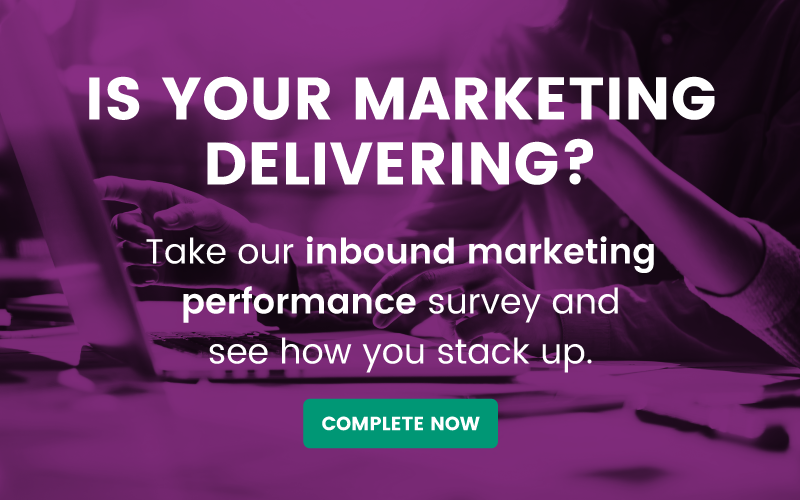Many marketers will use the two terminologies interchangeably. But content marketing and inbound marketing are not the same thing. There are distinct differences to them as disciplines and it’s important to know which is the best fit for your business.
The conversion focus
Content marketing can be done by any organisation. The public, private and voluntary sectors all use content marketing efforts to develop their brand and engage with prospects and customers.
Content marketing doesn’t have to be about generating leads and closing customers. It can be about many alternative primary goals: nudging behaviour, generating awareness, building a community.
Inbound marketing as a methodology has its roots firmly planted in the end to end process of building traffic, generating leads and closing customers. That’s it. The specific objective is always to onboard more customers and generate more revenue. Some of the other benefits like community engagement and awareness raising come along for the ride, but they’re not the primary goal.
The role of outbound
Content marketing is used by many organisations as fodder for their outbound sales teams. In these models, sales teams are tasked with cold calling and cold emailing prospects. Part of the techniques and tactics they use to get through to decision makers is to pretend they are calling just to offer information of value. The age old “I’m not trying to sell you anything”. That’s all well and good, but the savvy potential buyer knows the score. In 2017, those tactics just don’t cut the mustard any longer.
Inbound on the other hand focuses on generating value throughout the whole buyer’s journey. Content is served on their buyers’ terms, through keyword triggers and social clicks. They qualify themselves as a lead based on their interactions with your premium conversion content, like webinars and whitepapers. In initiating marketing automation you then ensure that they only receive content they’ve opted in to receive. Lead scoring means those who aren’t proactive in realising their requirement and picking up the phone to you get easily identified to be actioned by your inbound sales team.
Easy vs effective
Anyone can get going with content marketing. Whether you have any real understanding about marketing principles or not, if you’re half decent at writing, a bit of a dabbler at Photoshop, or someone who likes cutting videos on your Mac – you can probably create some good content. Content marketing would involve putting that out on a blog or social media and hey presto, you’re a content marketer.
The barriers to inbound are a little higher. You have to lake the time to learn the process that the buyer goes through. You have to get to grips with the inbound methodology, what type of content is created at each stage, and also how to actually implement marketing automation in a funnel approach.
Building automations and workflows takes a little bit more practice and may not be a skill that is so readily available within your organisation without an investment of time or some cash on training. That said, for B2B organisations that have commercial interests, the extra amount of time or money to put in place the foundation for inbound to flourish are resources well spent. Because the metrics are traffic, leads and customers – the focus is resoundingly about results. Nothing else. It is this greater focus on outcomes, with KPIs that match, that drives better financial performance from inbound campaigns vs content marketing.
Which is right for me?
So if content marketing and inbound marketing are not the same thing, which one should you pursue as a strategy? This is a simple one to sort out If you’re an organisation that’s trying to get money off people for something, then you should do inbound. That goes for charities, B2B, B2C, e-commerce – the whole nine yards.
Ultimately you can’t do inbound without content, so if you’re not doing either at the moment and want to get going – then get creating content! Once you start to get traffic it naturally leads to conversations about converting the traffic to leads and so on.
If you’re not looking to take money from people for anything, say public sector organisations like councils, NHS trusts and police forces – then you can probably get away with just investing in content marketing.
And that’s a neat way to end a blog if we ever saw one.



